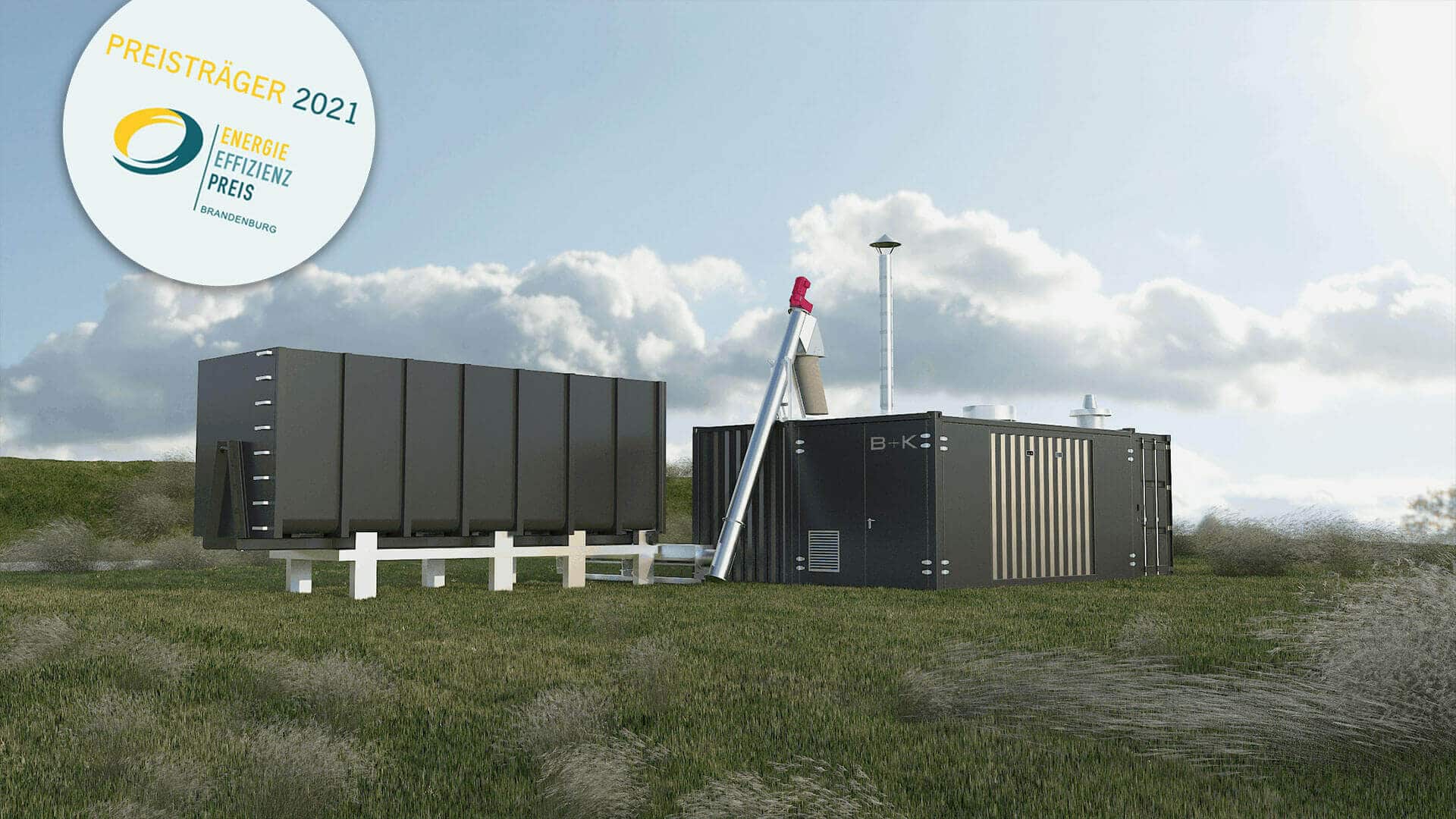©January 2022
DECARBONIZATION WITH OUR BHKW CLINX SYSTEM
Everyone is talking about decarbonization. The Handelsblatt announced it as one of the top topics for 2022. But what is behind the term decarbonization? In short, the possibility of reducing carbon dioxide emissions by using low-carbon energy sources, so that ultimately lower emissions of CO2 into the atmosphere are achieved.
HOW EXACTLY DO WE PLAN TO DRIVE DECARBONIZATION WITH OUR BHKW CLINX SYSTEM?
In order to drive decarbonization, we as a society need to significantly reduce the use of fossil fuels, such as lignite, hard coal, natural gas, and petroleum, by converting, using, and/or storing low-carbon energy. Renewable energy sources from biomass, such as residual wood or waste heat, are particularly suitable for this purpose. However, the use of just such energy yields in a sustainable way is still manageable, as there were massive obstacles due to the provision, supply coverage or even the individual procedure for energy production. In general, climate-friendly production processes in industrial companies were often even more cost-intensive than emission-intensive production processes.
CLINX AS A SOLUTION! THE COGENERATION SYSTEM WITH EXTERNALLY FIRED GAS TURBINE, STANDS FOR CLEAN COMBUSTION OF ANY FUEL.
Our customers in the fields of wood processing, agriculture and forestry, manufacturing industry, municipalities or communities as well as regional local heating networks have two important components: the immense need for clean, sustainable and ideally decentralized energy supply as well as the solution of current problem areas. These include, among other things, the (disposal-required) accumulation of residual materials, high energy costs and dependence on network operators, problems with existing plants, or also the increasing industry pressure due to the price pressure for raw materials.
With our innovative cogeneration system ClinX, we offer our customers an environmentally friendly, innovative cogeneration solution in the power range between 40 kW-1 MW electric. The process of the externally fired micro gas turbine, which is used in ClinX, opens up a wide fuel spectrum. This opens up fuel sources that cannot be converted by other systems due to their heterogeneity. These residual materials are converted locally into electricity, heat and/or cold and made usable for production processes in the plant, instead of being disposed of in a central disposal system, usually at a cost. In view of the finite reserves of fossil fuels, the energy recovery of residual materials that can no longer be recycled represents an environmentally friendly alternative. The ClinX combined heat and power plant (CHP), as a decentralized small-scale plant, effectively utilizes the energetic potential of the materials and assumes a pioneering role in its performance class due to advanced air pollution control technology.
IMPORTANCE OF BIOENERGY IN THE ENERGY TRANSITION
The energy turnaround is one of the greatest current challenges to reconcile the increasing energy demands of the growing world population with the environment. A comprehensive transition of the energy system to renewable energy sources is complex; among other things, it requires significantly flexible, more decentralized energy generation. One aspect of the complexity is the volatility of wind, photovoltaic and solar energy, as their generation is subject to strong daily and seasonal fluctuations. A mix of different renewable energy sources is needed to ensure a continuous supply of energy.
Bioenergy, i.e. energy generation from biogenic fuels, has a special role to play here. Biogenic energy conversion is independent of weather conditions, so they can ensure base load supply. A targeted combination of different technologies enables companies to supply their operations with completely CO2-neutral energy.
GREEN ENERGY DESPITE COMBUSTION? HOW DOES IT WORK?
The use of professional filter systems in our ClinX-WOOD system, for example, guarantees compliance with the high German air pollution control standards. Depending on the fuel used, the remaining combustion residues can be spread as ash in forests and on agricultural land, or used in further production processes (road construction, building materials). In addition, this recycling contributes to a considerable reduction in volume and mass of the input material, which, for example, in the case of the recycling of biogenic waste, allows significant savings in landfill volume as well as the absence of negative environmental impacts. Furthermore, a decentralized solution can reduce the transport volume and the associated CO2 and pollutant emissions.
WAS BRINGT DIE GEWINNUNG VON ENERGIE AUS ABWÄRME?
According to the Federal Environment Agency, final energy consumption (EEV) for heating and cooling accounts for a good half of total final energy consumption in Germany. Process heat alone accounts for a good 20 % of EEV. The term process heat refers to heat that is used in commercial and industrial processes to change raw materials or workpieces, for example for production or central production processes such as casting, hardening, firing or drying processes. From a part of the process heat that is not used for manufacturing, production or processing, the waste heat, we convert energy into electricity with our ClinX Heat system.
